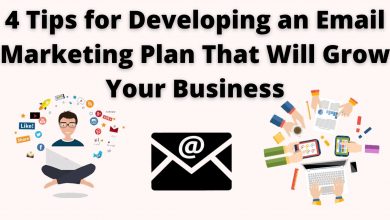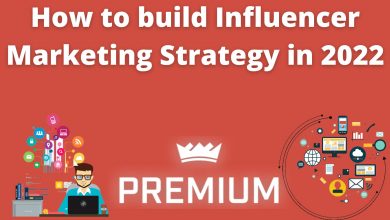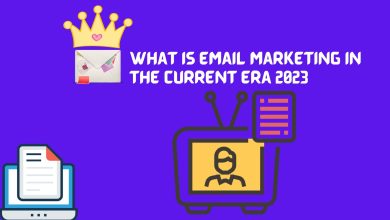Best 6 tips for setting up your online retail store the right way
The good news is that doing so has never been easier with e-commerce builders like Shopify. But even with Shopify or other e-commerce platforms, there are still a few things you need to do to set up your online retail store the right way. Here are six tips.

1. Create a website and find a good server
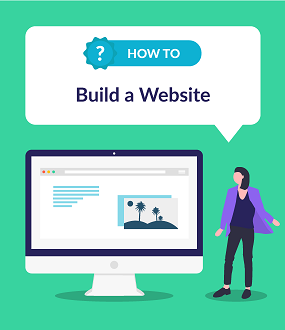
Creating a website is the first step to setting up an online retail store. It would help if you had a place for your customers to visit to learn more about your products and buy them.
There are a few different ways to create a website. Web hosting services at Jolt can provide the resources you need to ensure your website is always online and accessible to your customers. Website builders make it easy to create a professional-looking website without any coding experience.
Once you have created your website, you must find a good hosting server. Web servers can be expensive, so you may consider using a shared server or a VPS. Shared servers are less expensive but can be slower and less reliable than VPSs.
If you decide to use a shared server, research the company carefully before signing up.
2. Set up your e-commerce platform
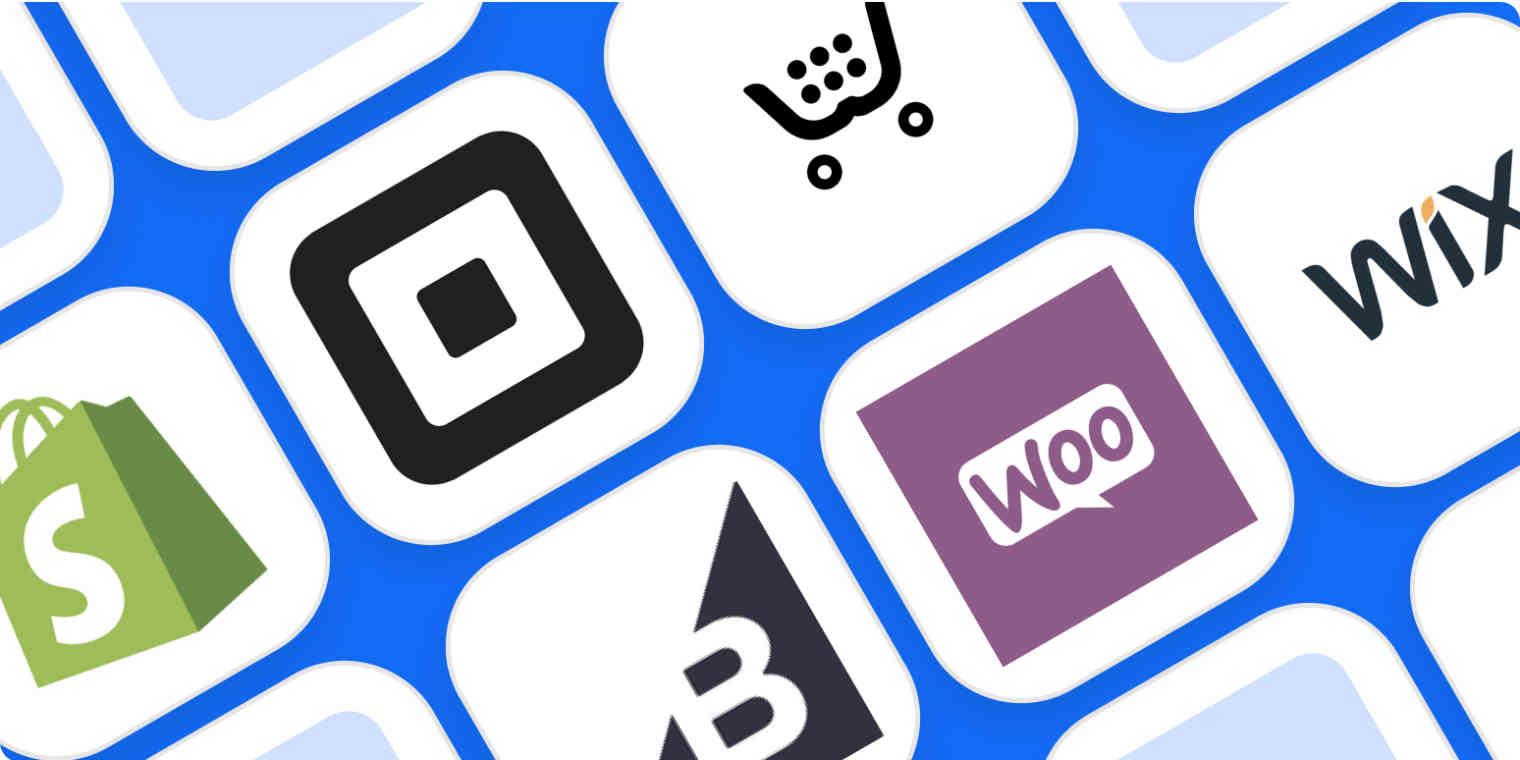
Once you have created your website and found a good server, you must set up your e-commerce platform.
Platforms like Shopify make it easy to set up an online store and manage your products and orders. They also provide built-in payment processing and shipping options, so you don’t need to worry about setting up those features yourself.
A good e-commerce platform will also offer a wide range of features and integrations, so you can add the features you need as your business grows. And it should be easy to use, so you don’t waste time figuring out how to use it.
3. Choose the right payment processor
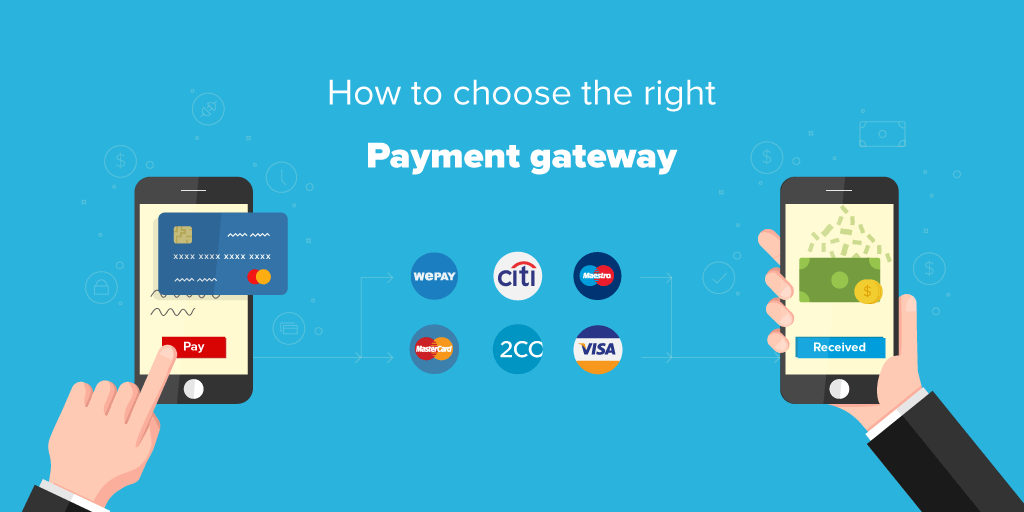
When choosing a payment processor, compare the fees and features of different processors before choosing one. Some processors offer a low per-transaction fee, while others offer a lower fee for monthly transactions.
Some processors offer additional features, such as fraud protection or marketing tools. The best features and fees will vary depending on your business. For instance, if you’re selling digital products, you’ll want a processor that doesn’t charge a per-transaction fee.
And if you’re selling high priced items, you may want a processor with fraud protection.
4. Find a shipping provider that offers good rates
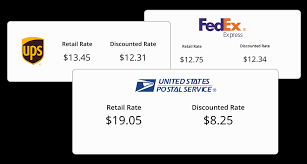
When choosing a shipping provider, compare the rates and features of different providers before choosing one. Some providers offer a low per-package fee, while others offer a lower fee for monthly shipments. Some providers also offer additional features, such as tracking or insurance.
The best rates and features will vary depending on your business. For instance, if you’re shipping many packages each month, you’ll want a provider with a low per-package fee. And if you’re shipping high priced items, you may want a provider with insurance.
5. Set up your CRM

A CRM, or customer relationship management system, is a tool that helps you manage your customer data. A good CRM will help you track your customers’ contact information, purchase history, and other data.
This data can segment your customers so that you can send them targeted emails and offers. A good CRM will also provide tools for managing your sales and support teams. These tools can help you track your team’s performance and improve communication between team members.
6. Choose the right marketing tools
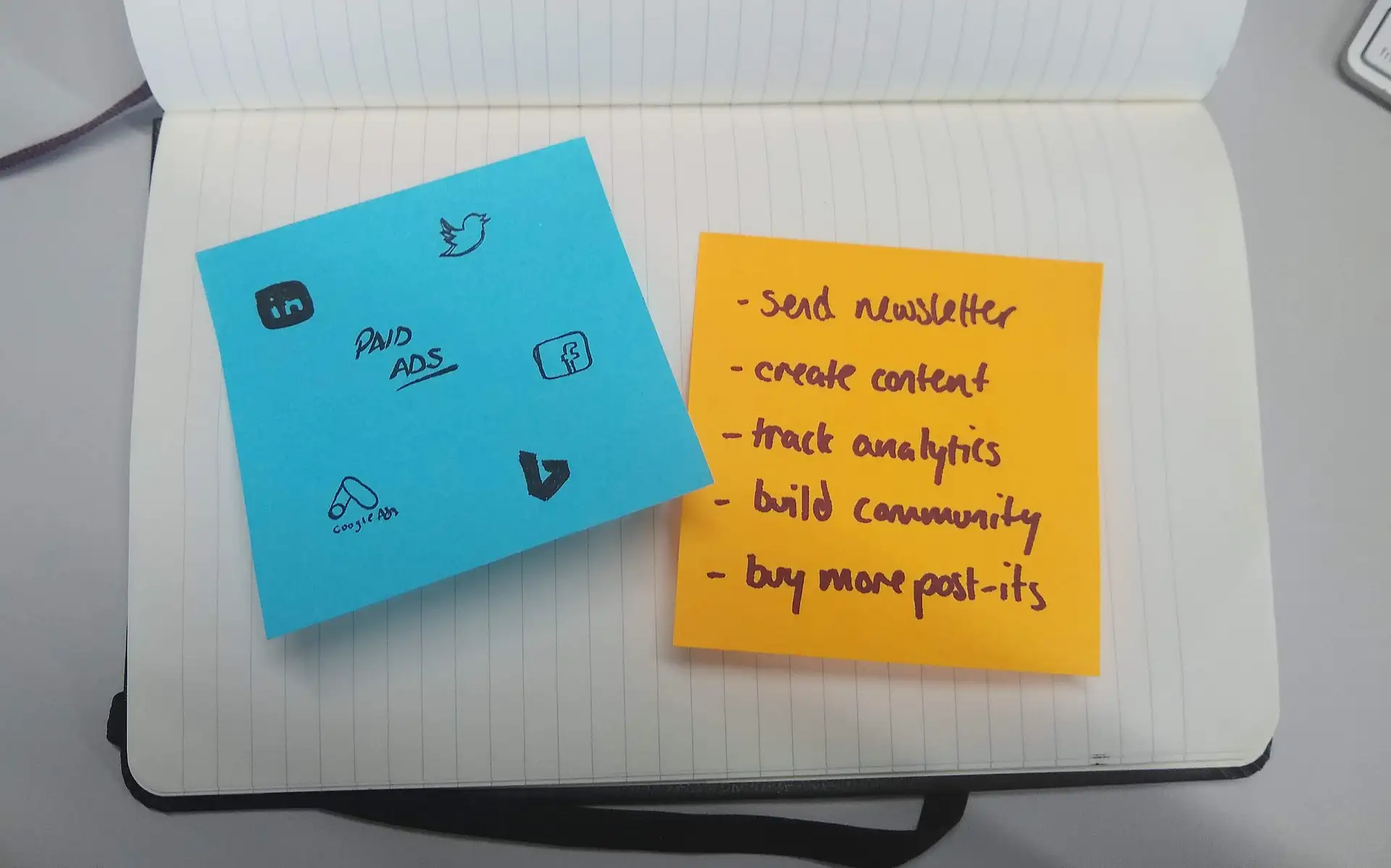
There are a wide variety of marketing tools available to help you promote your online store. The best marketing tools for your business will depend on your budget, target market, and marketing goals.
Some of the most popular marketing tools include email marketing, social media marketing, and search engine optimisation (SEO). Email marketing allows you to send targeted emails to your customers.
Social media marketing lets you connect with your customers on platforms like Facebook and Twitter. And SEO helps you improve your website’s ranking in search engines like Google.
Running an online retail store can be a lot of work, but it’s also a lot of fun. These tips help you get started on the right foot and avoid common mistakes.




